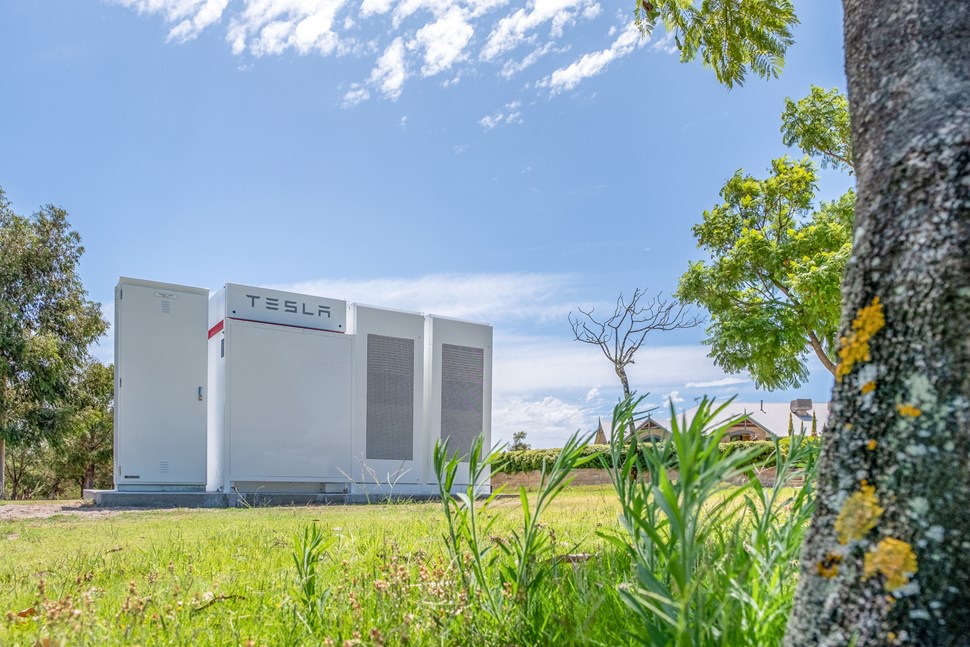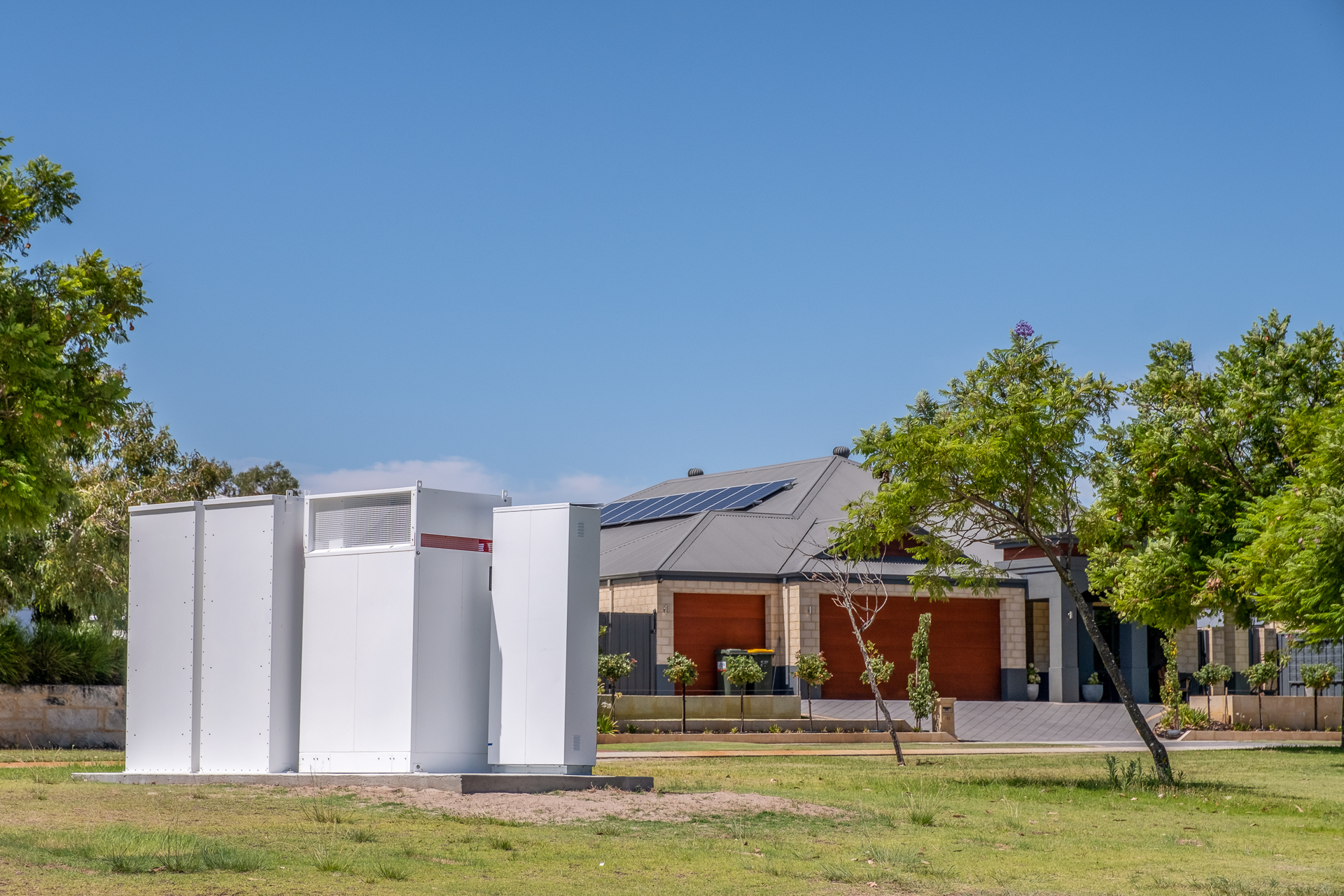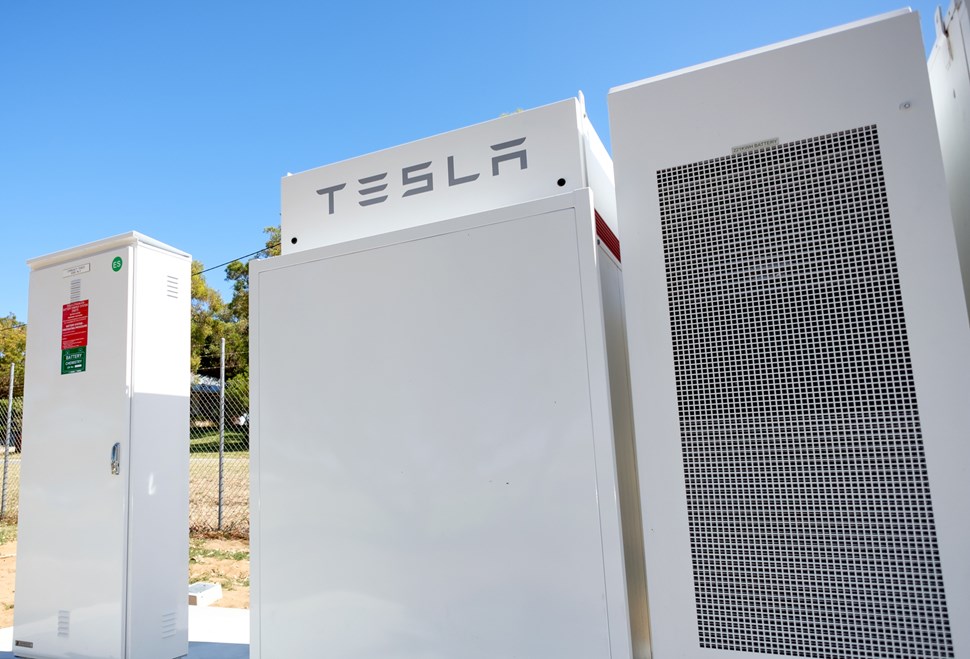The new battery standards that you need to know about
If you’re among the 2.76* million Australian households who have solar, for many, the next step is to consider a battery.
Makes sense. Solar power is generated whenever the sun is out, even if you are not at home. To make the most of that energy, right now you need to be there using it when it’s made. A battery changes that equation, making it possible for you to store the energy being generated at home by your solar panels, and use it later when you need it.
The cost of an in-home battery, starting from around $8000, has improved, but still makes the technology difficult to economically justify.
However the costs are coming down, and new battery options such as shared storage in a community battery, is also becoming possible, so the expectation is that battery take-up will increase.
In preparation for that, new battery standards have been released.
*as at March 2021.
 Community batteries like the one in Ellenbrook, pictured above, are located in areas that will provide optimal benefit to both the local community and the grid.
Community batteries like the one in Ellenbrook, pictured above, are located in areas that will provide optimal benefit to both the local community and the grid.
The Australian battery standards
The Australian Standard “AS/NZS 5139:2019 –,Electrical installations – Safety of battery systems for use with power conversion equipment” now sets clear rules about the design and safe installation of batteries, including those on residential properties. This means there are strict requirements about where a battery can be placed and connected on a property, such as having sufficient clearances from ventilation openings and exits.
Why do we need a standard for battery storage at home?
The standard aims to improve safety for how battery systems are installed in Australia in order to keep everyone safe. There’s a bunch of risk management factors that the standards consider, like clearances, minimising fire risk and electrical hazards, to ensure all the requirements for safety are covered.
Nigel Wilmot, Western Power’s Senior Standards and Technology Engineer, is also the Chair of the Australian Standards committee for Renewable Energy Power Systems and Equipment (EL042) that developed the standards, which had been years in the making.
“A national battery standard has been in discussion for years, and with the uptake of batteries expected to grow over the coming years, the timing for getting this standard created is great,” says Nigel.
“We now have a consistent set of standards that will create safety, but also create certainty for the market about what is properly required in the installation of an in-home battery.”

Community batteries like the one in Ellenbrook, pictured above, are located in areas that will provide optimal benefit to both the local community and the grid.
So what does this Australian Standard mean for homeowners?
If you have rooftop solar and you’re looking to install a battery storage system on your property, you need to comply with the standard.
There are limitations on where you can locate the battery to prevent damage to the unit and keep people safe from hazards. You will also need to use a licensed electrical contractor for the installation as this is not for DIY users to install. Although household scale systems don’t seem large, they still contain significant amounts of energy that can pose a hazard if not installed to the new standard.

Community batteries like the one in Ellenbrook, pictured above, are located in areas that will provide optimal benefit to both the local community and the grid.
Another option
Given the costs and now defined requirements of an in-home battery, many households may find it too costly or inconvenient to buy and install an in-home battery.
However, with the number of community batteries expected to grow over the coming years, this may be a more attractive option.
A community battery is a shared resource that allows you, for a fee, to store your excess solar energy for later use. Situated nearby, customers each have a share in the battery to store their excess solar. It requires no installation. Maintenance and upkeep, including any upgrades to meet battery standards, is undertaken by Western Power.
We currently have thirteen community batteries on the network, including Vasse, Busselton, Kalgoorlie and across Perth metro.
Some of the community batteries are in partnership with Synergy and they are known as PowerBanks. In Meadow Springs, Falcon and Ellenbrook, PowerBanks have given local residents the opportunity to store their excess solar energy and draw it back out when they need it.
Powerbanks
In Meadow Springs, Falcon and Ellenbrook, PowerBanks have given local residents the opportunity to store their excess solar energy and draw it back out when they need it.
The PowerBank trials have shown that there are savings to be had for participants, with an average $228 saved on power bills by those in the Meadow Springs community battery trial. Overall, the battery option best suits customers that are not home during the day to use the power they are generating during the sunlight hours.

So if you are considering a battery, our tips are to first consider whether a battery suits your lifestyle, evaluate the best option in terms of a return on investment, and very importantly, ensure you adhere to the new national battery standards.
Find out more about our PowerBank trials!
